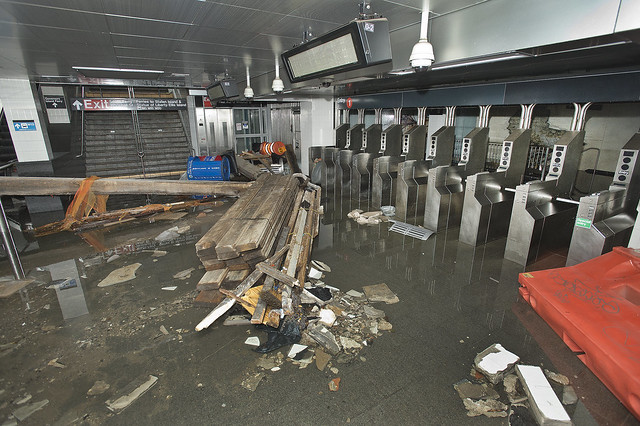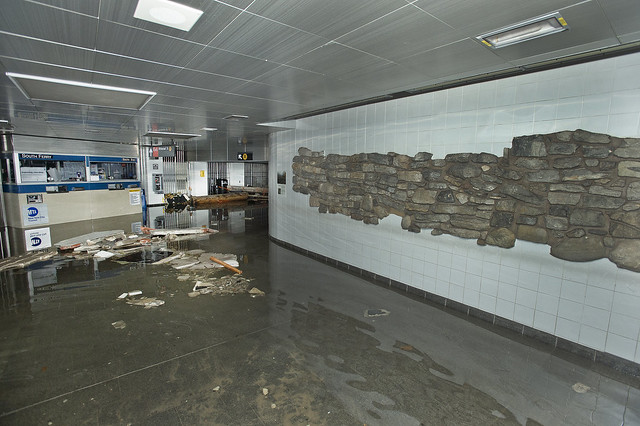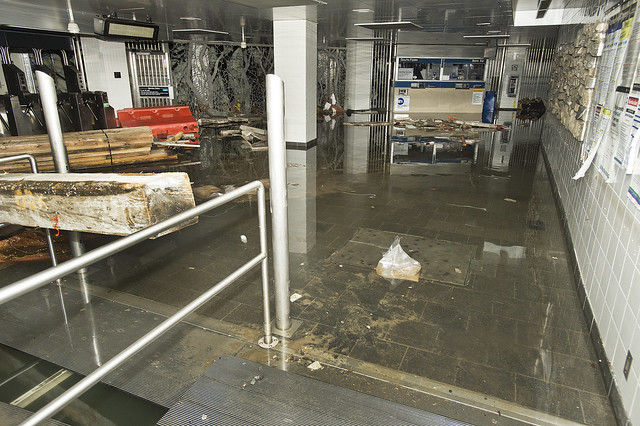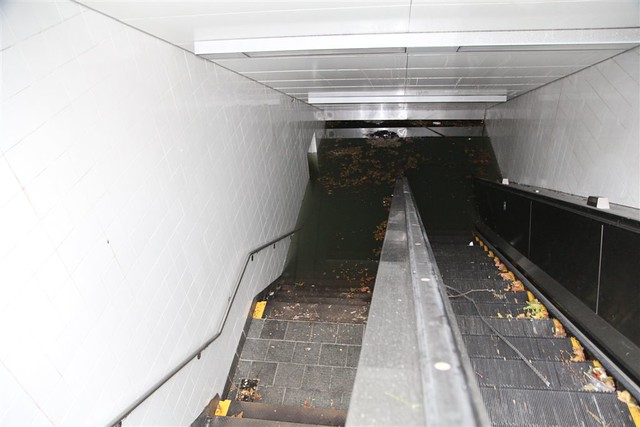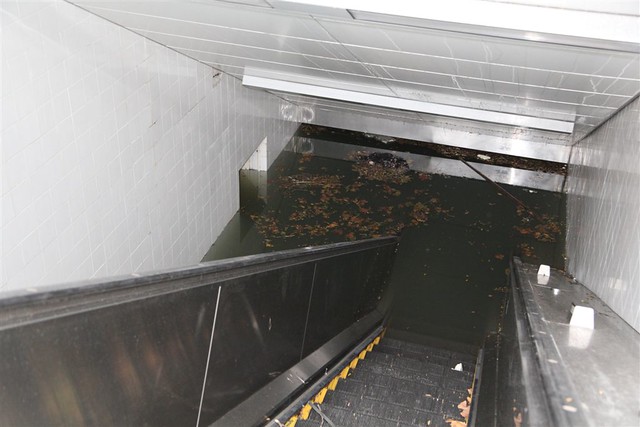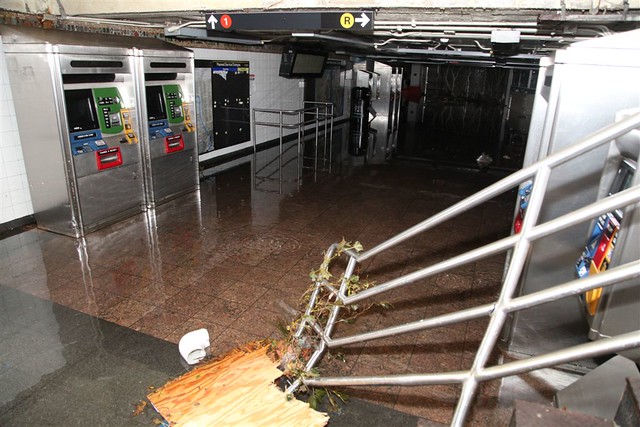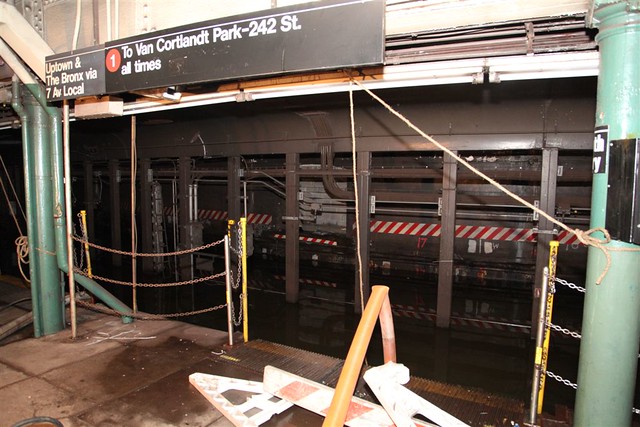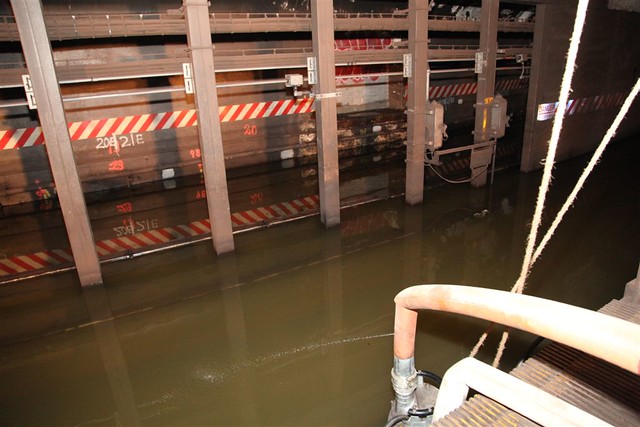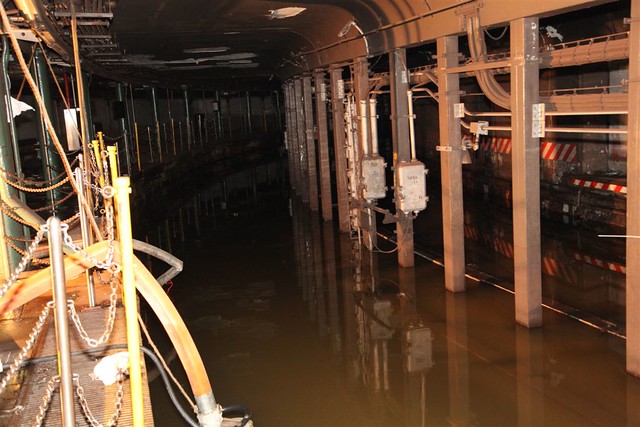Kamen Rider wrote:but these cables were not ment to be submerged..."These" meaning? Again, I propose:
a) Park pumper car on closest trackage with 3rd rail working.
b) Deploy a wheeled sled down into the water. Sled has large volume, low head pump, either submersible electric motor, or less efficient, air powered one.
c) Hose back to pumper is filled by above; with pumper keeping the head down to a few PSI.
d) Pumper pushes water to wherever it's going; up the track to a working drain, or to the street via a shaft, whatever.
I'd likely put a crawler motor on the sled as well, with long control cable; so crew can deploy it down the track without wet feet.
Of course, this assume NYCTA has "tiebreakers" or equivalent so the submerged sections of third rail can be isolated.
